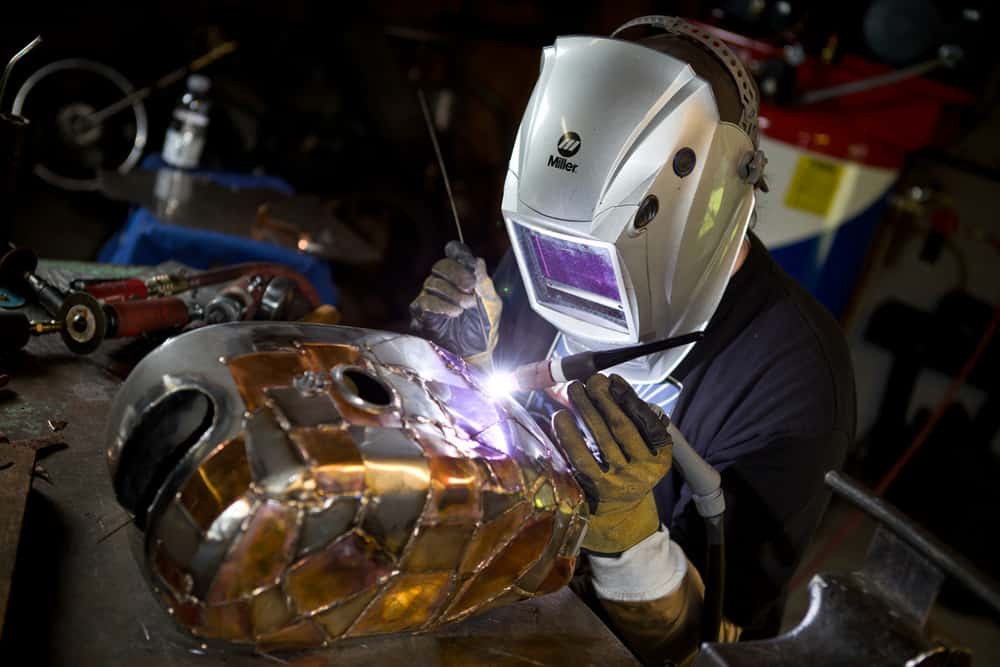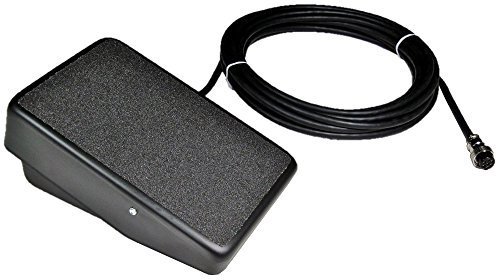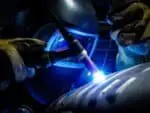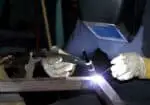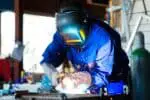TIG welding, which stands for Tungsten Inert Gas welding and is sometimes known as GTAW (Gas Tungsten Arc Welding), is a method of welding that produces welds with a non-consumable tungsten electrode.
While MIG welding is still widely used, many welders prefer to utilise a competent TIG welder because it can give more exact welds for highly aesthetic applications and thinner metals that demand stringent heat control.
TIG welding has grown in popularity as technology progresses and more unusual metals are employed in welding applications.
A good TIG welder, whether for novice or expert welders, should include a variety of functions to assist the worker. Therefore, the type of welder for your requirement depends on various aspects like your purpose, type of metal, where do you want to weld, the budget for your project.
Let us talk about the above mentioned points in details-
1.) Purpose of your welding- You must determine how you intend to operate the equipment.
Like if you wish to explore TIG welding as a hobby or as a home welder, or you simply want to use it in your current profession. A simple idea about this will aid your decision-making.
2.) Type of metal- TIG welders have the advantage of being able to weld more metals and alloys than any other procedure, which means that materials such as stainless steel, aluminum, magnesium, copper, brass, bronze, and even gold may be welded.
However, some TIG machines can weld aluminium, whereas others cannot.
Another consideration is the metal’s thickness. It is advisable to evaluate the metal thickness you will be welding because this determines the range of current (amperage) required in the welder. It is critical to have clarity on these issues in order to choose the best equipment.
3.) Where do you want to weld? You will receive TIG machines that can operate on 220 or 110 volts, or on both 110 and 220 volts (dual working).
You may complete your tasks at home or in the workshop because it works on both 110 V and 220 V.
4.) Your budget- In terms of machine quality and longevity, you typically get what you pay for, like with any piece of equipment; however, what you set your budget as also relies on how sophisticated you want the machine to be.
A classic TIG welder, such as the CADDYTIG 2200I TA34 AC/DC or the Lincoln Aspect 200A AC/DC, is typically at the lower end of the AC/DC TIG machine price range, whereas a multi-process machine, such as the ESAB Rebel 205 ic AC/DC or the Parweld XTM211Di, can be more expensive due to its advanced capabilities.
Now, here are a few features that you need to look for before you choose a good TIG welder-
1.) Strength
You must assess the amount of power you require from your first TIG welder, just like you did with MIG welding. TIG welder evaluations are mostly concerned with how much power the equipment can produce.
The necessity for 120 or 240 volts is determined by where you intend to operate and the sorts of metals you intend to deal with.
If you operate from home or in a small shop, a lower power home TIG welder may be appropriate, however bigger shops and industrial facilities would most likely require something with higher power and voltage.
Most good TIG welders have dual voltage, making it much easier to weld a variety of metals from different sources.
If you wish to weld a variety of materials with a single TIG welder, you’ll need one with a high amperage range. A good TIG welder with outstanding arc stability at low amperage is ideal for thin metals, but greater amperage is required for materials such as aluminum.
2.) Welding using Pulsed Current
The goal of TIG welding is to regulate the amount of heat supplied to the metal. The most recent TIG inverters can generate a substantially larger number of pulses per second, up to 5,000 per second, compared to 20 per second on previous TIG machines.
TIG pulsing is used for problematic joints or thin metal where there is a risk of burning through, as well as stainless steel where excessive heat might induce corrosion.
Because you have more control over the weld puddle, the higher your pulse rate, the stronger your weld will be. Pulsing at a greater level concentrates and constricts the arc, decreasing the amount of heat given to the weld.
Welders will be able to move quicker along the metal and remove less excess material, resulting in a cleaner weld.
When weld beauty is vital or you’re welding a lot of thin metal, the greatest pulsing technology will save you time and material while also assisting you in creating good welds.
3.) Foot pedals
A dependable foot pedal is necessary for TIG welding. TIG projects are frequently completed in uncomfortable positions, and the TIG process itself necessitates the use of two hands: one for the torch and the other for the filler rod.
Welders can utilise pedals to control the amount of heat used, preventing the weld puddle from becoming too huge.
An excellent TIG welder for beginners will have a totally dedicated foot control pedal that does not have any intermediate current control. Look for a TIG welder that has all amperage control settings accessible via the machine’s interface.
4.) Controls that are simple to use
If you’re moving around your shop while welding and are concerned about unintentionally bumping into the controls of your welder and ruining a job, test the controls of your welder to ensure they snap firmly into position. However, this is a question of personal taste.
However, little details of a welder might occasionally make it simpler to distinguish between top-name brands that are otherwise comparable equipment.
5.) Torch (air-cooled vs. water-cooled)
You can typically get by with an air-cooled torch, but there may be situations when a water-cooled light would be preferable. The torch grows hotter as the power output increases, but most welders don’t mind.
A water-cooled torch has a smaller head and may work more precisely in restricted spaces.
Many welders who use water-cooled torches express gratitude in evaluations for being spared the high heat on specific operations where an air-cooled torch would not suffice.
See also: Can You Weld With a Blowtorch?
6.) Settings for High Frequency
Higher frequency settings makes it a lot easier to control the arc of a TIG welder. All of our TIG welders use our revolutionary high-frequency technology as well as a pure square wave output, which provides greater arc force and a broad range of balancing control for aluminium cleaning.
7.) Portability
Smaller TIG welders weigh roughly 40-50 pounds and are easy to transport. The largest units, on the other hand, weigh 100 pounds or more.
The only method to transport those units around in your business will be via a cart.
Compact TIG welders nevertheless provide enough adaptability and power to perform smaller operations that do not require a longer duty cycle.
After evaluating the duty cycle and power output, portability is frequently one of the most important elements that welders must consider.
8.) Options for Plasma Cutter and Stick Welding
Consider purchasing a TIG welder with both stick welding and plasma cutting capabilities if you want some extra features and better adaptability in your workplace.
You’ll save time on metal cutting jobs, and your choice of prospective projects will be greatly enlarged because TIG and stick capabilities assure you can accomplish just about everything.
9.) Arc of Superior Quality
TIG welders with lower price tags have been noted to have arc stability difficulties. An uneven arc may cause issues with the appearance of your weld, which is a major issue because most welders utilise TIG welders when they need to generate a high-quality, tidy weld.
Conclusion
Choosing the best TIG welder boils down to determining which machine best meets your requirements.
In this post, we have collected all of the important points for you, and these things will simply assist you stroll through the process of picking a good TIG welder.
You will learn about the different units and what works best in certain scenarios. Knowledge of standard welding procedures and machinery makes you a better and experienced welder.

